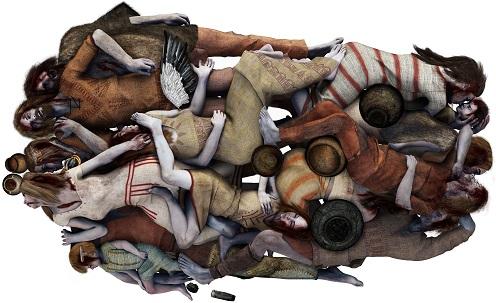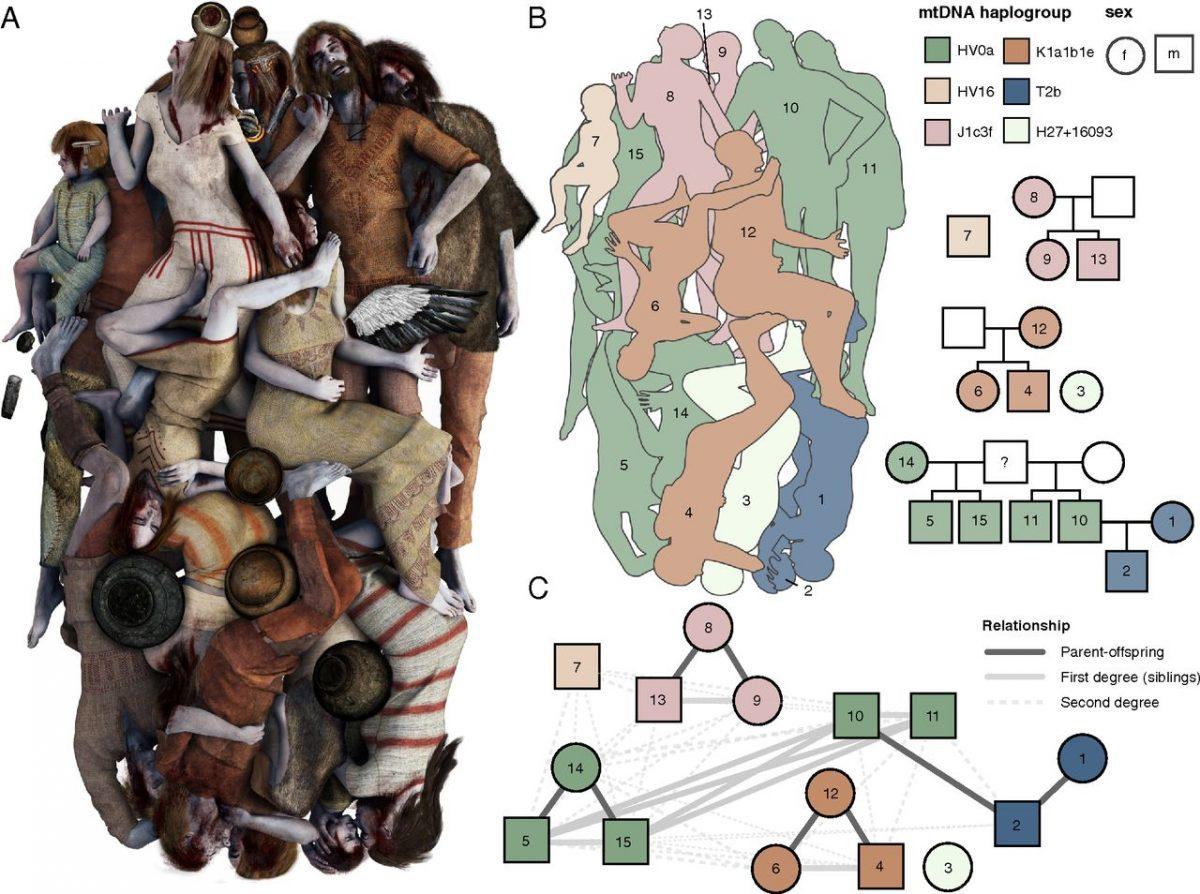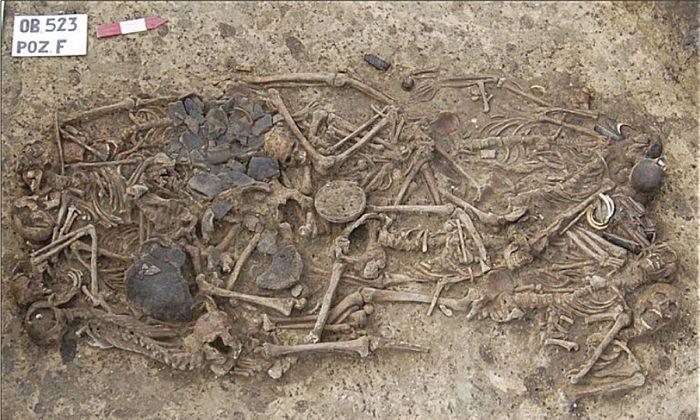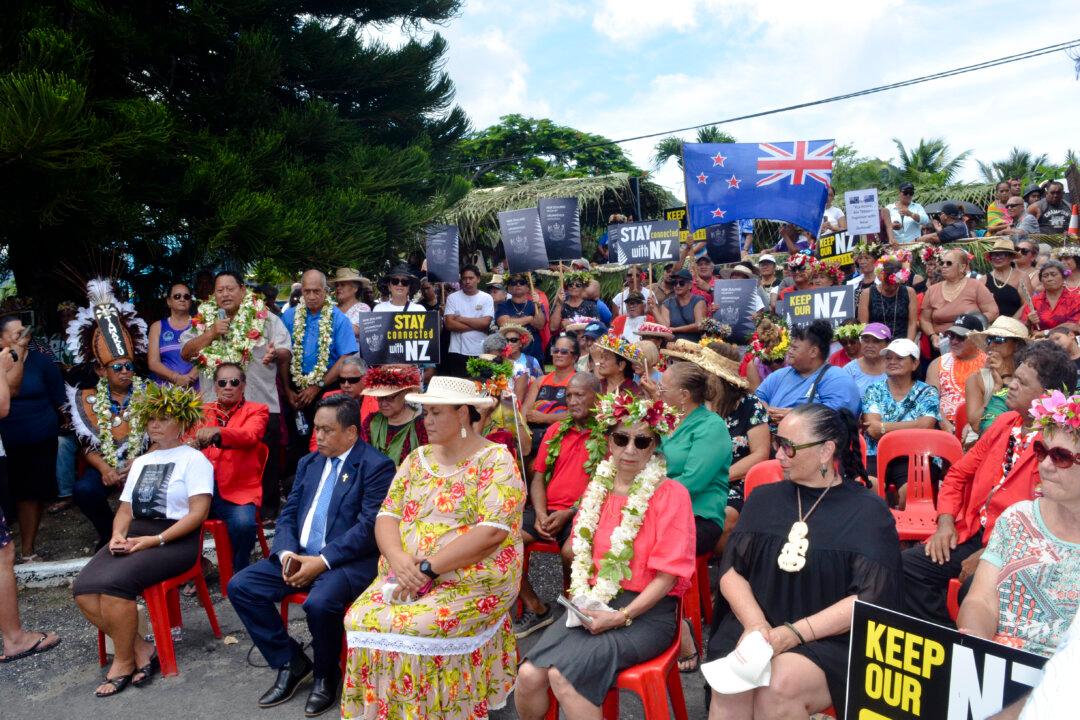In a mysterious case of mass murder, 15 bodies were found buried in a grave in Poland in 2011. Through genetic evidence, an international team of researchers has discovered that they were all related to each other and perished as a family.
“But it is thought-provoking that it occurred 5,000 years ago, as the late Neolithic Period was transitioning into the Bronze Age. During this period, European cultures were being heavily transformed by Yamnaya cultures migrating from the east. It is easy to imagine that these changes somehow precipitated violent territorial clashes,” he said.

The mysterious mass burial site was discovered in the southern Polish village of Koszyce. The skeletons were of woman, children, and men, and they were found uniquely placed in the grave with each other along with gifts. They were all found to be killed by heavy blows to their heads.
Through DNA evidence, an international team of researchers from the universities of Copenhagen and Aarhus and the Archaeological Museum in Poznan found that the murder was of a large, three generational family.
“By analyzing ancient DNA from the skeletons, we were able to map each of the family relationships. We can see that mothers are laid next to their children and brothers side-by-side. Those who buried the dead knew them well,” said Morten Allentoft, an evolutionary biologist from the University of Copenhagen.

“We also see that most of the fathers from this extended family are absent from the grave. Our suggestion is that they weren’t at the settlement when the massacre occurred and that they returned later, and subsequently buried their families in a respectful way,” said Allentoft.
Researchers said that the grave and its tragic story demonstrates that caring for the family meant a lot to people at that time in the region.
“We know from other gravesite discoveries that violent conflicts played out among different cultural groups at this time. However, they have never been as clearly documented as here. All the violence and tragedy aside, our study clearly demonstrates that family unity and care meant a lot for these people, some 5,000 years ago, both in life and in death,” said archaeologist, Niels N. Johannsen of Aarhus University.
The genetic study published in PNAS identified four nuclear families in the grave, mostly represented by the mothers and their children.
“A mother was buried cradling her child, and siblings were placed side by side,” stated the study.
Only one father was placed in the grave. Regarding the unique way in which the bodies were buried to each other, the study said: “The only father present in the grave is individual 10, whose partner and son are placed together opposite him in the grave. In addition, there is a young boy (individual 7), aged 2–2.5 y, whose parents are not in the grave, but he is placed next to other individuals to whom he is closely related through various second-degree relationships.”
The study also talked about the presence of unrelated females and related males and said that the community in the Polish village was organized along patrilineal lines of descent.





